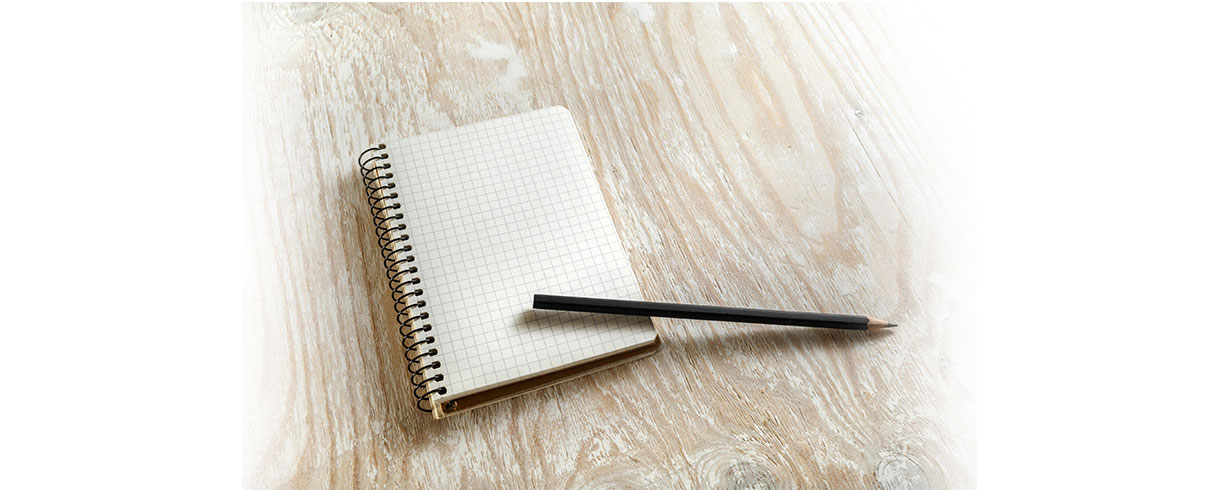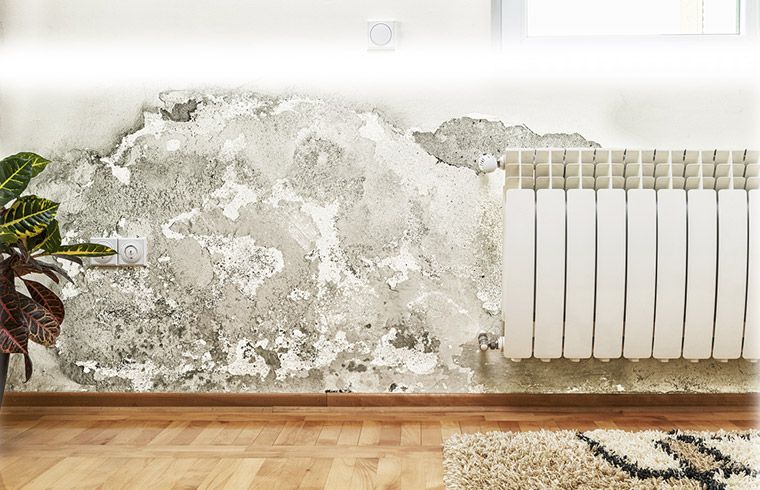Have you ever made a full inventory of your belongings? Try it and you may be surprised to discover the total value of what you have accumulated over the years! But how should you proceed?
Have you ever made a full inventory of your belongings? Try it and you may be surprised to discover the total value of what you have accumulated over the years! But how should you proceed?
First: document
The first step in doing an inventory of your possessions should be to take pictures or video footage (why not both?). But don’t store them in your house. Keep them on a USB key in the office or on an online hosting service in a compressed file protected with a password.
These photos and videos have two purposes: they can serve as proof of ownership in case of a claim and can help you to identify what’s missing in your inventory in case you forgot anything or didn’t have time to complete the inventory.
Make sure you don’t miss anything
You’ll have to go from room to room and take note of everything. Once in a room, the best way to ensure you don’t miss anything is to go section by section:
- What’s on the ceiling (including light fixtures and fans)
- What’s on the walls (framed pictures, curtains, cabinets and their contents)
- What’s on the floor (furniture)
- What’s in the furniture
- What’s on a counter, a fixed cabinet (small appliances, soap…)
- What’s in the closet or other fixed storage areas
Estimate and be specific
If you open a drawer and find ten sweaters, estimate an average value for each and multiply by the number of sweaters. Consider the value you would have to pay if you needed to shop for these items today.
If, among these ten sweaters, you have one that’s worth much more than the others, multiply by nine instead and add one specific sweater with a different value.
We often have one item of higher value within a set. Think about this special stock pot you bought separately from your cookware. Or this collector’s book or music record. By taking them separately, you’ll avoid losing out in the event of a claim.
A small note about valuable items: you will usually have to prove their value either with an invoice or a recent evaluation.
Don’t leave anything out
People don’t always think of the toothbrush, the winter coat that was packed away for the summer, the bottle of shampoo, the floss or the drawer where you keep this pair of jeans you hope to fit in again one day.
When you do your inventory, you should think of it as a move. Everything that would be going into the moving truck would need to be replaced in the event of a total loss, such as a fire. Don’t focus only on theft or valuable items. Replacing a complete wardrobe can quickly reach a few thousand dollars. Not to mention the shoe collection or jewellery…
Get the right tools and plan ahead
The Chambre de l’assurance de dommages and Insurance Bureau of Canada both offer an online tool to help you do your inventory. Organized by rooms, they guide you through the items that are generally located in each room: clothes in the bedroom and television in the living room.
Don’t expect to do all of it in one day. It is a time consuming process that is generally best accomplished by several people over several days or even weeks. And don’t forget to update your inventory, at least once a year.



























